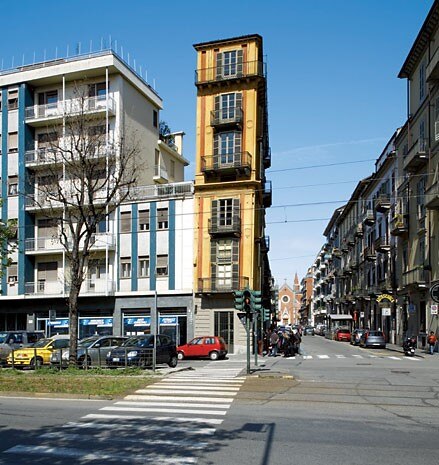The carefully articulated project devised by Starling begins in Turin. In this city the artist, helped by a touch of British serendipity, came across a portrait of Maharaja Yeshwant Rao Holkar Bahadur. Perhaps unknown to many this personage is for Starling on the other hand a prominent one, whose ideas and actions filled a fascinating chapter in that history of culture which he finds so absorbing. A great-grandson of one of the governors who contributed most to the modernisation of India, the prince was educated in England. In 1929, in an urge to move forward, he commissioned the German architect Eckart Muthesius to renovate the work done by the British MacKenzie & Co – who built the residence at Manik Bagh – and to design its furniture. In the palace gardens the prince had also intended to have a temple built, in which three versions of Bird in Space, the sculptures by Brancusi which he had bought in Paris directly from the artist, would be kept. The prince’s interest in Brancusi was also shared by the German architect, who in some of his designs for the furniture drew inspiration from the Romanian sculptor’s highly polished shapes. In addition to his work for the prince, Muthesius’s Indian adventure continued with a consultancy to the film director Fritz Lang, who made two full-length films in India. Through a series of twenty-one platinum prints, Starling conveys key images of that little-known and perhaps never fully compiled history. Also featured in the exhibition are three marble blocks of the same quality, no longer available today, used at the time by Brancusi for his celebrated works. Thanks to the artist and to the eccentricity of Antonelli’s architecture, visitors walking through, or rather up, the seven floors of the “Slice of Polenta” can admire its complex circumvolutions. Within these, each of the rooms containing the exhibition becomes truly a place of memory and a catalyst capable of sparking a fertile circuit of ideas, facts and dreams in which rationality and folly continually exchange roles.




Do you know how a food disposer works?
60% of American kitchens have one, and food waste disposers are becoming increasingly popular in Italy as well. But what exactly are they, and how do they work?



